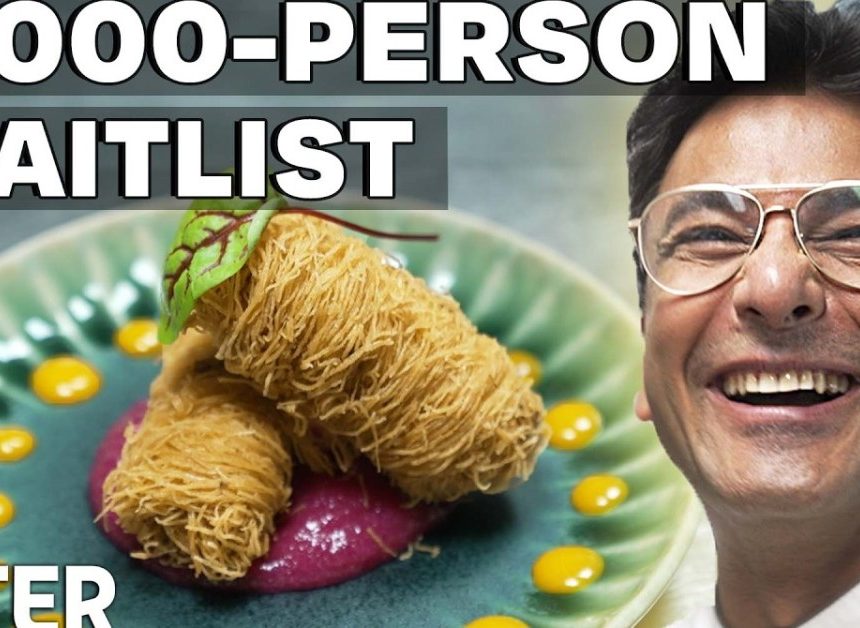The first time I experienced the gift of Boletus rubriceps—more commonly known as porcini mushrooms—was, fittingly, on my birthday. It was late August, prime porcini season at 10,000 feet in Colorado’s Rocky Mountains. Thanks to a generous monsoon season, the woods were flush with plump, red-capped fungi. Giddy with the excitement of a successful foray, I plucked the large specimens straight from the earth and piled them into my backpack until the zipper could barely close. It wasn’t until I got home that I realized my mistake.
The porcinis tumbled onto the kitchen counter in a sorry state. In my rush, I hadn’t trimmed the soil-crusted stems or brushed off the dirt and pine needles. Stacking them on top of each other had only spread the grit into the spongy pores beneath the caps, speeding up their decay. It took over an hour to clean and trim the fungi before they were ready to cook, and I still had to toss a few bruised, dirty ones. Despite all the miles and hours logged for my dinner, one bite of the earthy mushroom pasta I’d cooked, and I was already planning my next trip back into the woods.
On subsequent trips through the mountain spruce groves, I learned my lesson: I packed a pocketknife for trimming. But it wasn’t until a friend got me an Opinel No.8 Mushroom Knife—another birthday gift—that I realized field dressing my fungi wasn’t just a practical processing time-saver. It was a chance to slow down and appreciate the strange, wondrous gift in my hands. Not quite plant, not quite animal; delicious and wild and rare.
The Opinel No.08 Mushroom Knife is a must-buy for foraging
The Opinel’s short, curved blade makes it easy to trim everything from thick-stemmed porcinis to delicate morels and chanterelles. Mushrooms often grow in tight spots, and the curved blade lets you maneuver into hard-to-reach places, using a smooth pulling motion for clean, tidy cuts. It’s also essential for harvesting oyster mushrooms from the sides of logs or stumps without damaging the bark.
(Quick note for fellow foragers: while you should use a knife to cut fungi growing directly on wood to preserve the substrate—also known as growing medium—research suggests that pulling or cutting mushrooms that grow from the ground are both suitable practices that don’t have negative impacts on future growth. What damages mushroom populations? Trampling the forest floor. Step lightly.)
The serrated edge on the back of the blade helps scrape off caked-on dirt or saw through tougher stems, while the boar’s-hair bristle brush at the end of the handsome beechwood handle is perfect for sweeping bits of soil or duff from delicate gills and caps.
These days, in keeping with the slow rhythm of a good foray, I now try to savor the act of trimming and cleaning each mushroom as I harvest it. Instead of piling the fungi into a backpack, I bring a breathable mesh bag or a basket to transport my finds (keep reading for some of my recommendations). Not only does this help the mushrooms continue to sprinkle their spores along the forest floor, aiding the development of new mycelial networks, but this also avoids bruising and allows the delicate fungi to breathe, keeping them fresh and firm on the journey home.


